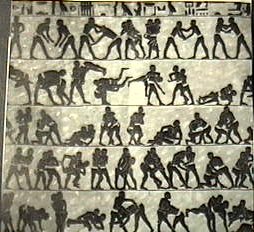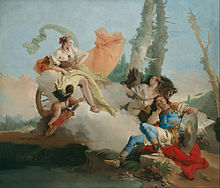When you’re a martial artist and you have not seen the film, “A Historical past of Violence,” it’s best to. Something designed by human beings displays visible qualities which can be specific to the place and interval in which it originates. Yet when he came to put in writing his Civilization of the Renaissance in Italy, printed in 1860, he did not discuss the visual arts, and outlined his conception of Italian Renaissance culture fully from written sources.
These included: Die Brucke (1905-eleven), a gaggle based mostly in Dresden in 1905, which mixed components of conventional German art with Put up-Impressionist and Fauvist styles, exemplified in works by Ernst Ludwig Kirchner, Karl Schmidt-Rottluff, Erik Heckel, and Emil Nolde; Der Blaue Reiter (1911-14), a loose association of artists primarily based in Munich, including Wassily Kandinsky, Franz Marc, August Macke, and Paul Klee; Die Neue Sachlichkeit (1920s) a post-struggle satirical-realist group whose members included Otto Dix, George Grosz, Christian Schad and to a lesser extent Max Beckmann.

This style grew up partly as a reaction towards the idealistic forms of the Excessive Renaissance and partly as a mirrored image of troubled occasions – Martin Luther had begun the Reformation, while Rome itself …



